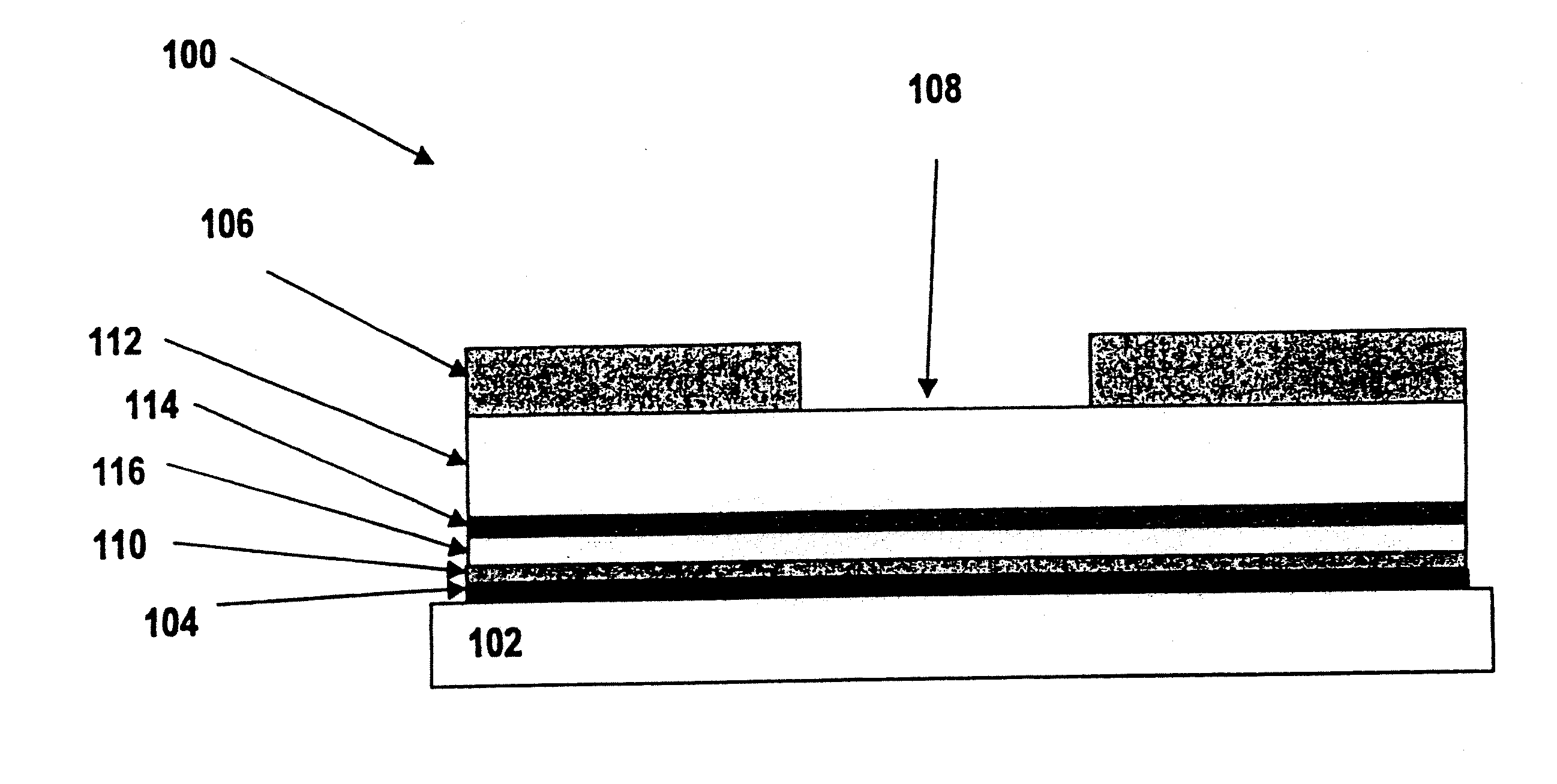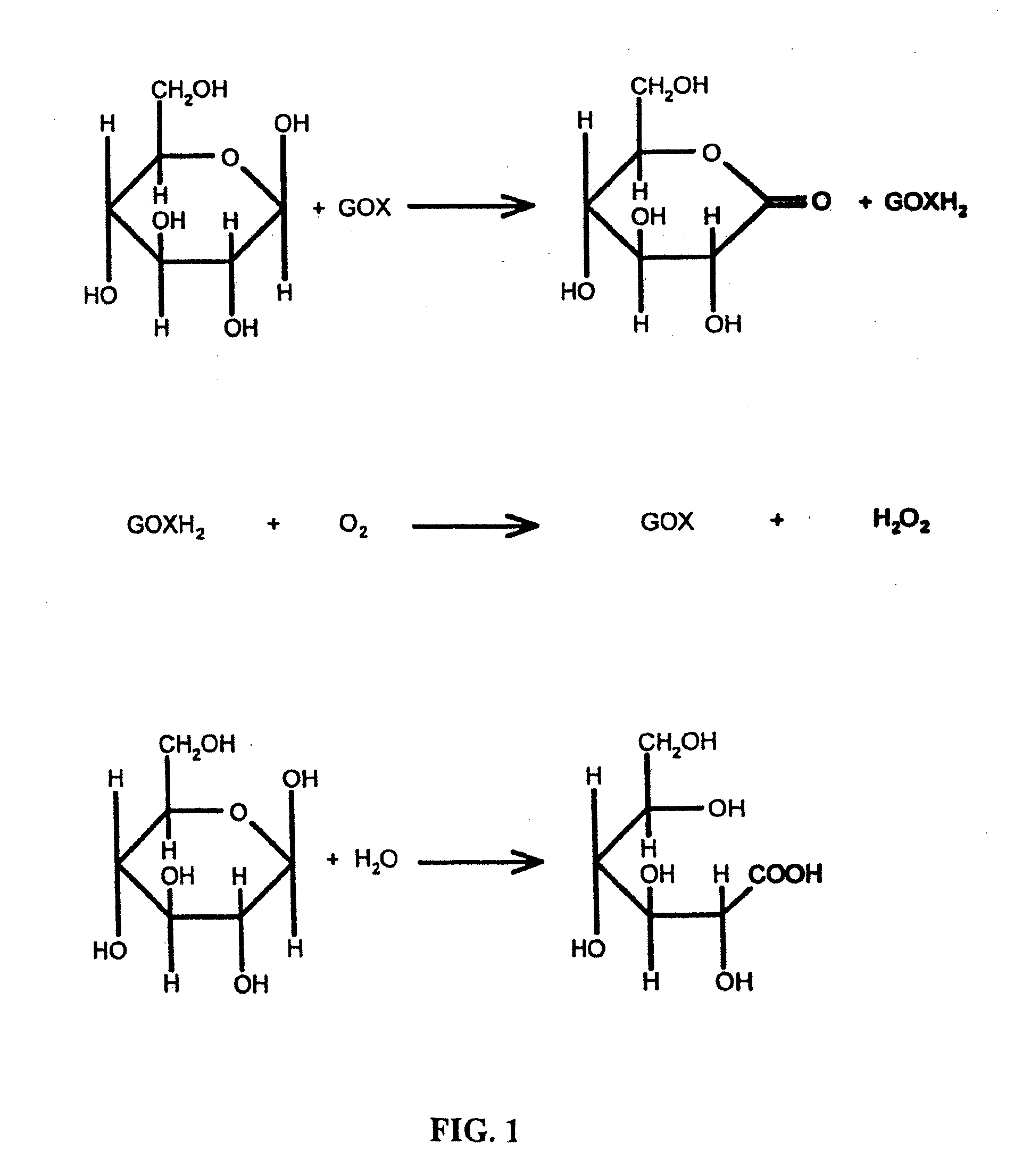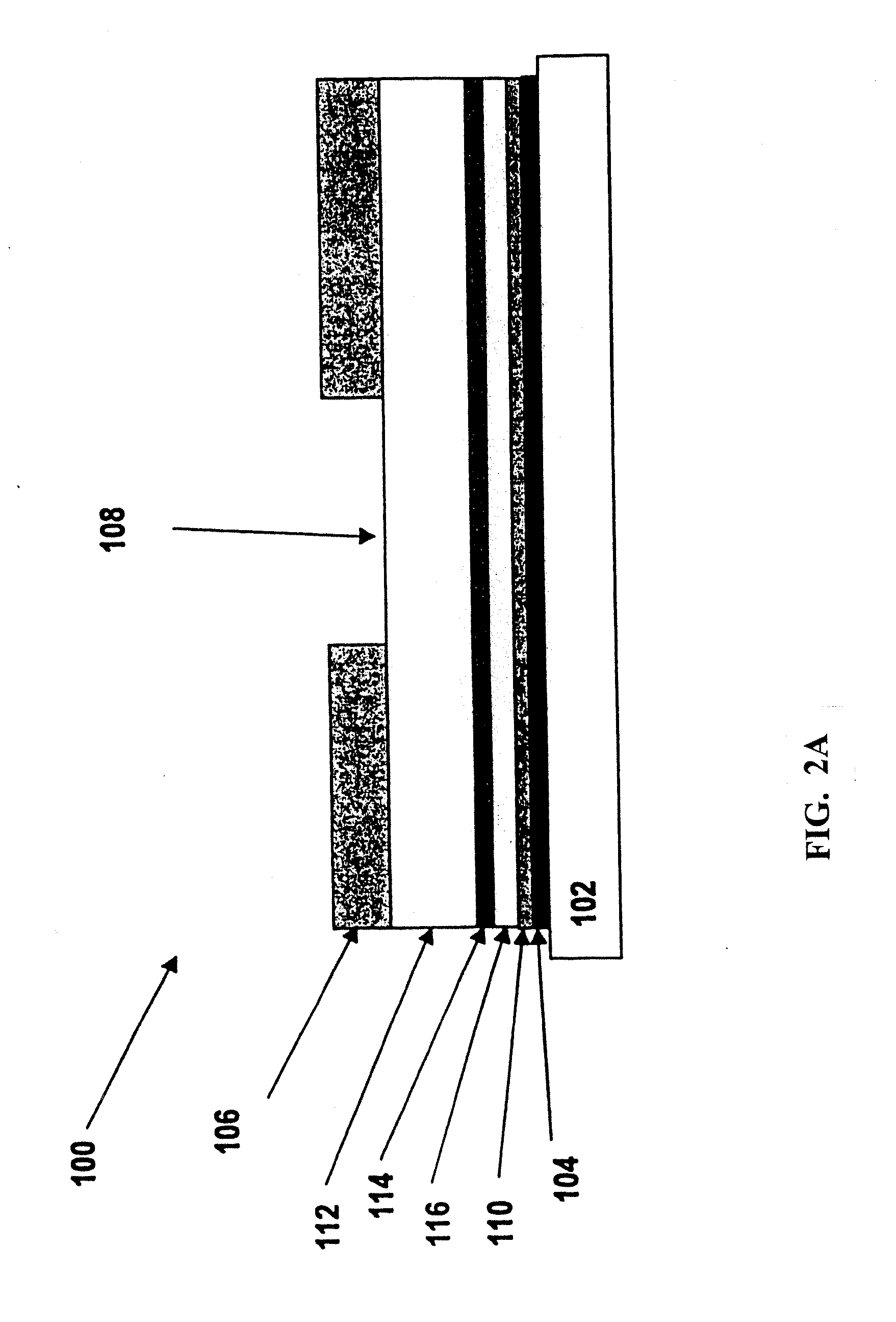Analyte sensor apparatuses having interference rejection membranes and methods for making and using them
an interference rejection and sensor technology, applied in the direction of diaphragms, packaged goods, immobilised enzymes, etc., can solve the problem of increasing signal strength du
- Summary
- Abstract
- Description
- Claims
- Application Information
AI Technical Summary
Benefits of technology
Problems solved by technology
Method used
Image
Examples
example 1
Mechanistic Principles and Associated Methods and Materials Useful for Practicing Embodiments of the Invention
[0115]Eliminating sensor signal interference that results from small neutral compounds such as acetaminophen (Mw=151.17 Daltons) is challenging considering their typically smaller size than sensed analytes such as glucose (Mw=180.15 Daltons). While the use of polymer(s) thin films in sensors has been attempted in the art, eliminating interference remains problematical because of such film's insufficient density (even if using a very high molecular weight polymer). In order to keep sensor signals at a high level and quick start-up properties, membrane structures used for interference rejection should be extremely dense and hydrophilic.
[0116]As disclosed herein, a direct thin film coating followed by a crosslinking of hydrophilic polymer system is an ideal option when considering the requirements listed above.
IRMS Useful in Analyte Senors
[0117]In typical sensor designs, gluco...
example 2
Further Methods and Materials for Practicing Embodiments of the Invention Using Methacrylate Polymers
[0140]Many amperometric glucose sensors when exposed to acetaminophen exhibit significant noise and additional reactions which produce sensor readings that in turn give false responses to glucose. In order to negate the effects of acetaminophen on sensors, an IRM layer was added to the sensor.
[0141]One method for IRM deposition comprises spray coating with a biodot robot. The IRM formulation used in this embodiment is as follows:
TABLE 3ILLUSTRATIVE IRM FORMULATIONSChemicalPercent MassEthanol93.5%DI water5%Poly-HEMA1%BIS[3-(Triethoxysilyl)propyl]urea, 60% in ethanol0.5%
[0142]This IRM solution is coated onto the sensor plate after the electrode plating process and before the enzyme process. If the IRM layer were to be placed above the enzyme layer, glucose could be prevented from diffuse through the IRM due to its molecular size.
[0143]Typically, the IRM is deposited using a biodot® sy...
example 3
Methods and Materials for Practicing Embodiments of the Invention using Primary Amine-Based Polymers
[0147]This example illustrates an IRM embodiment constructed from a crosslinked (by glutaraldehyde vapor) film of primary amine-based polymer, oligomers and monomers.
Equipment and Materials:
[0148]BioDot Sprayer
[0149]Polylysine Hydrobromide
[0150]Sigma-Aldrich P1024 Mw 416,300 (HMW)
[0151]Sigma-Aldrich P1399 Mw 163,200
[0152]Poly(vinylamine) hydrochloride, [CAS: 26336-38-9 Polysciences 23965] MW 25,000
[0153]Polyethylenimine, branched (30% solution in water, MW 70,000)
[0154]Highly branched polyamine with high charge density. Liquid polymers. Soluble in water at all molecular weights, also soluble in lower alcohols, glycols, and THF.
[0155]Polymers contain primary, secondary, and tertiary amine groups in approximately 25 / 50 / 25 ratio
[0156]Poly(allylamine hydrochloride), [CAS Number: 71550-12-4, Polysciences, 18378]
[0157]Polymeric primary amine MW 60,000
[0158]Poly(allylamine) solution average ...
PUM
| Property | Measurement | Unit |
|---|---|---|
| Fraction | aaaaa | aaaaa |
| Fraction | aaaaa | aaaaa |
| Fraction | aaaaa | aaaaa |
Abstract
Description
Claims
Application Information
 Login to View More
Login to View More - R&D
- Intellectual Property
- Life Sciences
- Materials
- Tech Scout
- Unparalleled Data Quality
- Higher Quality Content
- 60% Fewer Hallucinations
Browse by: Latest US Patents, China's latest patents, Technical Efficacy Thesaurus, Application Domain, Technology Topic, Popular Technical Reports.
© 2025 PatSnap. All rights reserved.Legal|Privacy policy|Modern Slavery Act Transparency Statement|Sitemap|About US| Contact US: help@patsnap.com



